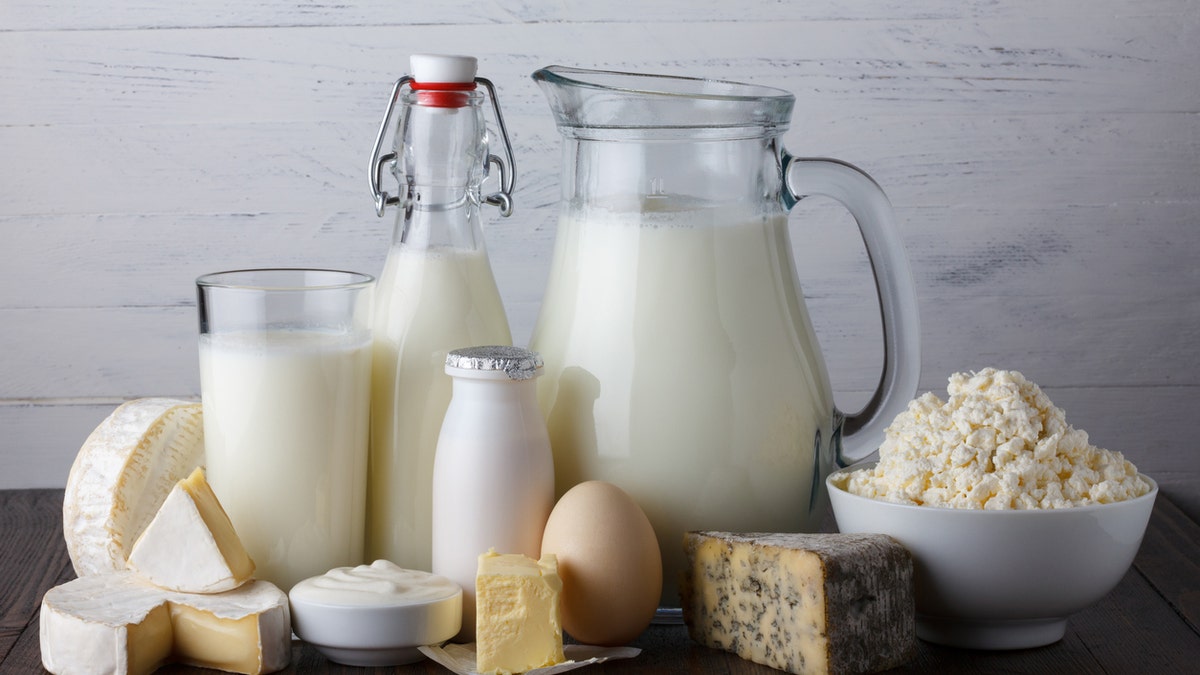
Not having time to carefully research the pros and cons of health trends could be dangerous. (iStock)
Women are expert multi-taskers, so it should come as no surprise that some manage to squeeze the latest health craze into their daily routine. However, not having time to carefully research the pros and cons of these trends could be dangerous. Take for example, the decision to live diary-free.
Dairy-free diets have turned into a familiar fad in the United States. One survey by the National Osteoporosis Society found that 1/5 of young adults under age 25 have removed or trimmed their dairy intake. Over half of these young adults claim to have a dairy intolerance, but only 24 percent have actually confirmed it with a doctor.
AVOID TRANS FATS IN FOOD AT ALL COSTS
The society raised concerns about this trend. While young adults have the ability to bounce back from unhealthy habits, their overall nutrition sets the groundwork for their health later in life. During their early 20’s, a young adult’s firm groundwork of healthy bones is of utmost importance.
The society’s big concern deals with the amount of calcium that most people get from dairy every day. Both men and women who cut out dairy risk becoming deficient in calcium, leading to other health problems. Anyone adhering to a dairy-free diet, especially women, should ensure that they’re getting major nutrients like calcium from other sources.
Calcium
While calcium can come from some plant sources, women need to monitor their intake if they choose to eliminate dairy. A cup of milk contains about 300 milligrams of calcium, nearly 1/3 of a young woman’s daily recommended amount. Those who cut out dairy will need an abundance of plant sources to make up this same calcium level.
PREVENTING AND MANAGING CHILDHOOD OBESITY
Again, women on a dairy-free diet risk not getting enough calcium on a daily basis. This calcium deficiency greatly increases the risk of bone loss and osteoporosis in women.
According to the International Osteoporosis Foundation, osteoporosis affects over 200 million women across the globe, and the foundation expects this number to increase over 200 percent during the next 30 years.
Needless to say, women eating little or no dairy must make up for the essential calcium with other foods and vitamins. They should consult a doctor about their diet change and recommended vitamin dosage to ensure safety.
Vitamin D
Another factor of dairy-free diets that women should understand is the risk of vitamin D deficiency. Currently, as many as 50 percent of people seen in doctors’ offices have a deficiency already. This incidence will only increase as more people adopt dairy-free diets.
Vitamin D comes fortified in most dairy milk brands but does not occur naturally in many foods. People must get the recommended amount through fortified foods, vitamin supplements, and sunshine.
Every person needs sufficient vitamin D in order to properly absorb calcium. For women, however, recent studies show that the vitamin helps in another way. One study from the University of Massachusetts found that women who experienced the worst pre-menstrual symptoms had the lowest levels of vitamin D and calcium.
LOSE WEIGHT NATURALLY WITH THESE FOUR EASY REMEDIES
In addition, one small Italian study gave women supplements about five days before their expected periods. After a few months of taking the vitamins, these women had lessened PMS by over 40 percent in contrast to those not taking vitamin D.
For young and middle-aged women, one cup of fortified milk contains around half of their total daily recommended vitamin D. Other high sources of the vitamin include fish and eggs. If these women choose dairy-free diets and happen to dislike fish, they will need vitamin supplements and outdoor sunshine to get the levels they need in a day.
Simply put, women benefit from the major nutrients and vitamins packed within dairy products. Women considering a dairy-free diet must understand the risks to their health, especially deficiencies in calcium and vitamin D. Before cutting out this healthful food group, women should consider eating a well-rounded diet instead. Then, they can gain all the benefits of both dairy and non-dairy foods that contain calcium and vitamin D.
This article first appeared on AskDrManny.com.
